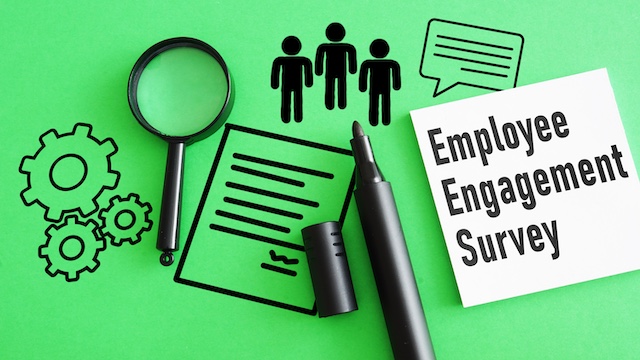Many organizations have stakeholders and significant percentages of their workforces that are resistant to change. This resistance can prove to be a greater challenge when a change management plan involves reductions-in-force, layoffs, role transitions, or other reorganizations, given that even those who aren’t change-resistant may have difficulty seeing these changes as a catalyst for positive transformation.
Employees are bound to consider how these changes could impact them: losing friends to layoffs or to a different office, potential job loss or the need to learn new processes and skills, needing to commute farther to a new office location. Such thoughts can lead to overwhelm, even if some of these things could ultimately lead to a better and more successful work environment.
Getting change-averse employees on board with organizational change is easier when you demonstrate that you have considered the impact on all members of your company. You can do that by letting your employees know that you care about them. Including outplacement and career mobility in your change management plan demonstrates this concern by including considerations for both your exiting and remaining employees’ welfare in the plan.
Internal Mobility Makes Participants of Your Employees
Internal mobility is a tool companies use to capitalize on and nurture the talent they already possess. By tracking skills and career interests, the program allows a company to fill roles from within, and employees can grow with the organization, explore internal opportunities, take online courses, and use their experience to continue to aid the company’s performance. Internal mobility increases opportunity for both employees and senior management, resulting in a more engaged workforce.
With these capabilities at hand, internal mobility programs allow an organization to be more agile, which is necessary for a successful change management plan. By showing your employees that you value them and want them to succeed, attrition is reduced, employer brand is protected, and advocates are created within your organization.
Because empowering your employees to contribute to the initiative will help the plan be successful, having a career mobility program that allows them to display their skills and discover opportunities that result from the change can help them be optimistic about it and be promoters of the plan. Such a program can also help stakeholders discover employees who would be effective shepherds of the vision. Finally, investing in a career mobility program as part of your current change process will set you up for easier and more efficient change initiatives in the future, especially as change fatigue is a frequent problem with companies experiencing repeated disruptions.
Offering Outplacement Reduces the Fear Factor of your Change Management Plan
While having a robust benefits plan in place is always best practice, ensuring that outplacement is offered as part of your organizational change strategy will go a long way in helping your change management plan be successful, and is recommended by SHRM in multiple scenarios. A career development and coaching service provided to outgoing employees to assist them with finding their next job, outplacement can be a change device in multiple ways. First, having this program as an established part of your benefits offering demonstrates that your organization cares about the welfare of its employees, and so it becomes an effective tool in protecting your brand. Second, it is easier to get stakeholders’ buy-in for change when they know that such benefits will be offered to those who are let go as a result, especially when they need to communicate the changes to their staff.
Inspire Trust in the Plan by Showing You’re Prepared
Lack of faith in the plan or simple discomfort with the unknown are greatest contributors to failure in change management plans. Being prepared to take care of those who are most affected by the plan will offer stakeholders a semblance of ownership and control of the situation.
When implementing internal mobility and outplacement programs as part of your plan, communicate to your stakeholders how these tools will specifically benefit them and their employees and increase cooperation with the plan. As a result, the plan can be more successfully realized. If you are building a change management plan and want to have the right resources in place for your employees, INTOO can help. Contact us to get personalized suggestions on how to best protect both your employees and organization.
Robyn Kern is a seasoned business writer who has written in the HR, education, technology, and nonprofit spaces. She writes about topics including outplacement, layoffs, career development, internal mobility, candidate experience, succession planning, talent acquisition, and more, with the goal of surfacing workforce trends and educating the HR community on these key topics. Her work has been featured on hrforhr.org and trainingindustry.com.











